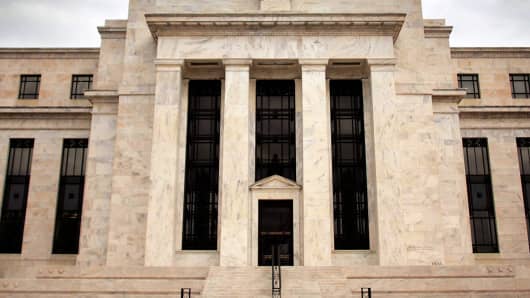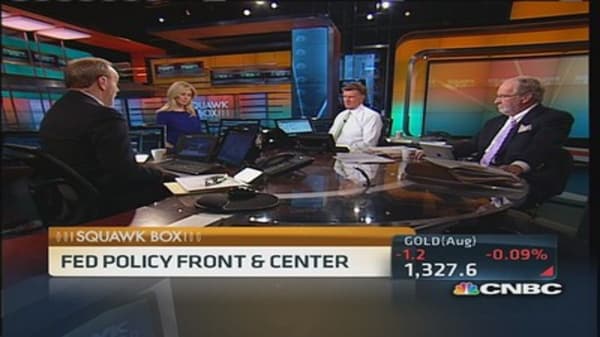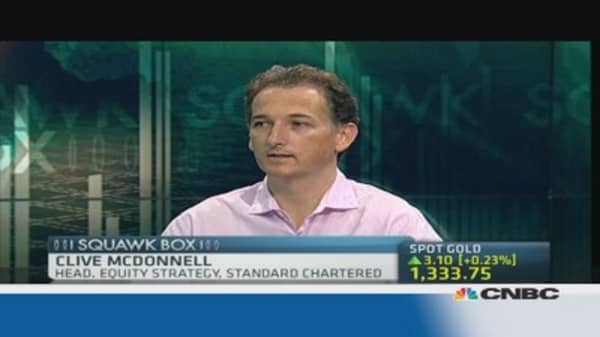Comments from Fed chief Ben Bernanke have sparked wild swings in financial markets over the past two months, with investors scrutinizing Bernanke's words closely to work out the possible timing of an unwinding of the central bank's $85 billion-a-month asset-purchase program.
Risk assets round the world took a beating and Treasury yields spiked in May when Bernanke suggested that Fed monetary stimulus could be unwound this year. But last week, the Fed Chief eased market jitters during his semi-annual testimony to Congress, reiterating that monetary policy was likely to remain "highly accommodative" for the foreseeable future.
(Read more: Why Bernanke's legacy relies on emerging markets)
Vishnu Varathan, senior economist at Mizuho Bank, said any change to the "forward guidance," words that Fed officials have used to describe their intentions for the next few years, would introduce a two-way element to the Fed rhetoric, and could rattle markets.
"Markets have been singularly focused on how soon the U.S. economy will improve. They haven't factored in what will happen if it goes the other way. The Fed has not previously gone into detail in terms of the opposite side of the risk. I think the Fed will try to clarify that it is not on a fixed course," said Varathan.
One currency that will inevitably get hit will be the greenback, market participants told CNBC.
"If they were to introduce a lower band [for inflation] that would be very negative for the dollar, because that would be seen as a dovish shift," said Ilya Spivak, currency strategist at online trading broker FXCM.
(Read more: Bernanke doesn't understand gold, should we?)
Changes to the wording could prompt a frustrated reaction from investors, said analysts.
"If Bernanke were to shift the goal posts he could get rebuffed by markets who might get frustrated," said David Greene, senior corporate FX Dealer, Western Union Business Solutions, who also warned off a sharp sell off in the U.S. dollar if the thresholds were changed.
"It does introduce a further element of uncertainty, there is a chance markets will get frustrated at what to look for. Volatility is certainly a risk," added Varathan.
—By CNBC's Katie Holliday; Follow her on Twitter @hollidaykatie.






